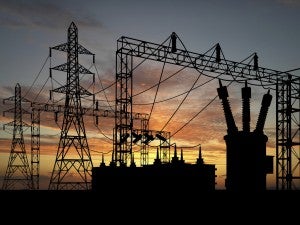California on Course to Give Power to the People
 In a report issued by the Energy Division at the California Public Utilities Commission (CPUC), experts demonstrated their commitment to the transition toward greener electricity rates in the Golden State. This is good news for two reasons: It will give customers more control of their utility bills and it keeps the state on course to cut pollution.
In a report issued by the Energy Division at the California Public Utilities Commission (CPUC), experts demonstrated their commitment to the transition toward greener electricity rates in the Golden State. This is good news for two reasons: It will give customers more control of their utility bills and it keeps the state on course to cut pollution.
Today, most Californians are frozen by energy bills that are hard to understand and even more difficult to keep under control. Fortunately, recommendations from the CPUC released Monday will put the power in the hands of customers by transitioning to rates that vary with the time of energy use.
These “time-variant rates” (TVR) can cut pollution by giving customers tools to directly influence how much money is spent on the least-efficient, most-expensive, and most-polluting power plants. Critically, it’s also a way to avoid ever-growing, system-wide peak demand that leads to the building of additional power plants, known as “peaker plants” as they are specifically designed to serve customers at times of peak demand.
Because peak power plants run so few hours a day and are so inefficient, EDF estimates that if half of consumers participate in time-variant rates, California would save nearly $500 million annually.
The savings – from avoiding costly enhancements to grid infrastructure – will mean lower bills for customers and cleaner air for all. The CPUC report affirms EDF’s analysis that total system costs will be reduced with wide-spread participation in time-variant rates, estimating that peak demand – and the associated costs of peaker plants – would be reduced by 12%.
As required by law, the rate reform proposal sets expectations that adequate protections be put in place for vulnerable customers. The law also requires that people will always be able to choose their rate structure, but most will find that participating in time-variant rates will lower their bills with little or no effort to change their daily patterns.
The next step is for the CPUC and utilities to implement these recommendations and to put customers on the path to more cost- and environmentally-friendly rates. With robust plans for education, outreach and enabling technologies (like programmable thermostats) to help customers reap the benefits of greener electricity prices, time-variant rates can become another shining example of California’s commitment to innovation, the environment, and its people.











